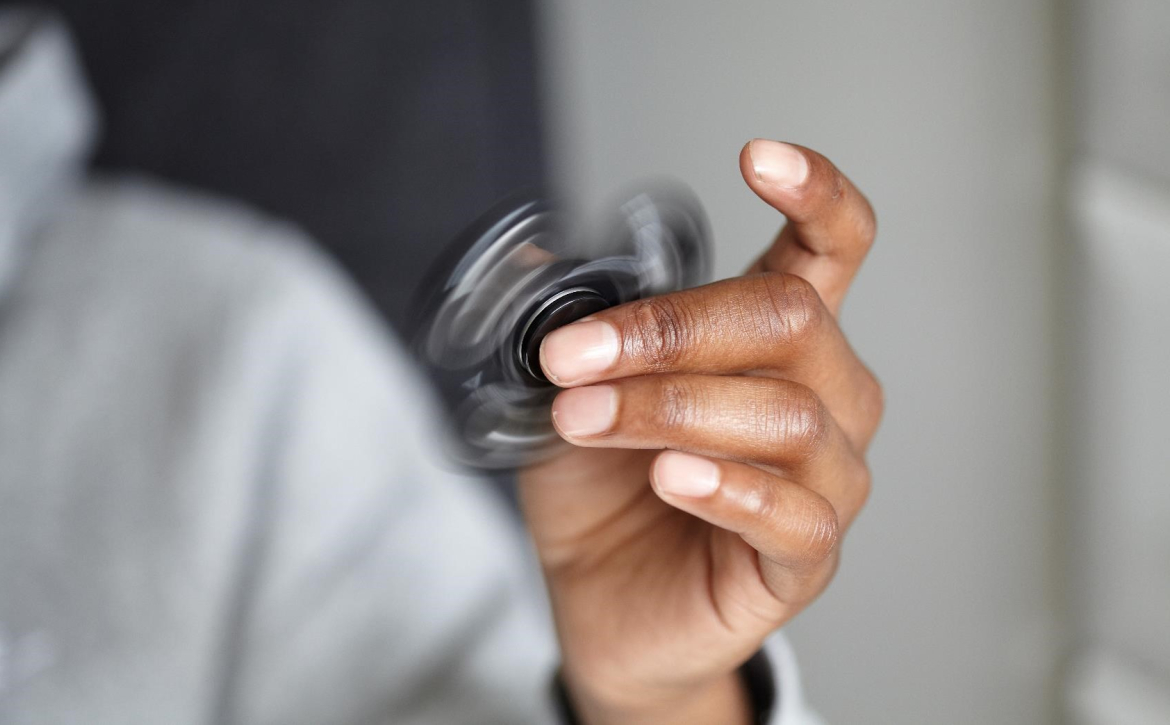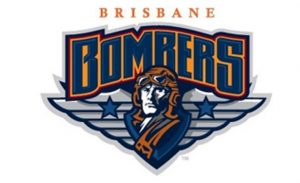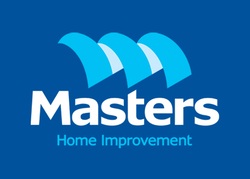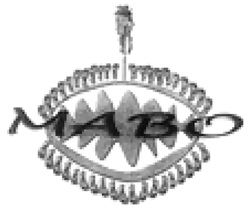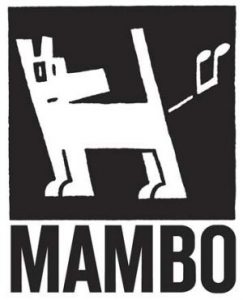Of four Australian trademark disputes that generated headlines last year, one was from the world of sport, one from retail (hardware), one from fashion and one from swimwear. All obtained free publicity for their new ventures or established brands. This article provides an overview of each dispute.
Bombers in the line of Ire (via Herald Sun, 1 August 2011)
The Brisbane Bombers are in the race to secure a place as the 17th NRL club, if the NRL competition expands in 2013. There are other contenders as well, such as the other Queensland bid known as the “Western Corridor”. In launching their brand on 14 July the Brisbane Bombers courted immediate controversy with the AFL’s Essendon Bombers, a club with a 130-year history, objecting in the press to the use of their nickname, despite there being ample precedent for this.
“Bulldogs”, “Kangaroos”, “Blues” and “Tigers” are all examples of similar crossover nicknames between the Australian football codes. However, in drafting their class descriptions, the applicant, Brisbane Bombers Rugby League Football Club Pty Ltd, has been very careful, at least in connection with its application for the word mark “Brisbane Bombers”, to follow the model of turf sharing that has been developed between the NRL and AFL over the years to avoid trademark conflicts between their respective marks.
The applicant has restricted its claims to goods “promoting or marketing or otherwise relating to or associated with or indicating a connection with the game or sport of rugby league” (trademark application 1435067 (composite mark) and 1435068 (word mark)). This suggests that early chest beating by Essendon management and the AFL was just that.
In the meantime, the Brisbane Bombers have promoted their name very effectively, and are still using it in their ongoing bid.
However, at the time of writing their trademark applications were still subject to adverse reports.
Mitre 10 sees red over Masters but rollout continues (via Smart Company, 29 July 2011)
Leaving aside the use of nicknames, fights over certain colour schemes have also had their fair share of attention. Mitre 10 failed last year in the Victorian Supreme Court to get an injunction to prevent Woolworths from rolling out its Masters hardware stores, clearing the way for the first of a planned 150 mega stores which opened in Braybrook (in Melbourne’s north-western suburbs) on 1 September (Mitre 10 Australia Pty Ltd v Masters Home Improvement Australia Pty Ltd [2011] VSC 343; BC201105472).
Mitre 10 argued that the Master’s colour scheme was too similar to its own blue-grey and white scheme and could confuse customers.
Woolworths, of course, are old hands at this type of thing, having prevailed over BP over their use of the colour green at its petrol stations several years ago.
Cameron Macauley J disagreed with Mitre 10’s argument that consumers would be confused by the similar colour scheme and think they were walking into a Mitre 10 store, or that the two businesses were somehow associated.
Masters Home Improvement is the 500-pound gorilla here but has succeeded in garnering publicity for this new brand and looking like a victorious victim at the same time. It has since gone on to open a slew of new stores.
The Woolworths-related company Master’s Home Improvement Australia Pty Ltd applied for registration of the current Masters trademark (see image above) for this business, in two separate applications on 3 June 2011 (see trademark application nos 1428775 and 1428974).
At the time of writing, each of these was subject to an adverse report from the examiner. Applications for two other composite marks (application numbers 1328809 and 1329024) filed on 29 October 2009, have since lapsed following initial adverse reports.
Mambo v Mabo: What’s in a name? (via Brisbane Times, 28 July 2011)
An application for the above composite mark was filed on 30 June 2010 (trademark application no 1369692) by Mahalingham Joseph Mabo, a Palm Island artist, and accepted for registration on 3 October 2010.
Mambo then filed a notice of opposition on the basis that the word “Mabo” used in the mark was deceptively similar to the word “Mambo”, particularly since the application included claims for beachwear and surfwear.
The opposition has since been withdrawn, but the claims under the Mabo mark still include beachwear and surfwear.
In the meantime, the new Mabo brand got some publicity (and sympathy, if the reader’s comments are anything to go by) when this opposition was first reported.
One notable comment on this article warned Mabo to think twice about using the brand, not because it would deceive anyone, but because people would think it was “a Mambo rip off from China, bought in Thailand”.
It looks like the Mabo mark pictured, featuring a feathered headdress around a shark’s jaw, will be able to be used to brand designs by indigenous artists on Palm Island into the future, with the trademark since having been entered on the register on 9 December 2011, effective from 30 June 2010.
Speedo in fight with ‘bisexual blogger’
Still in the area of clothing, on 21 September 2011, the Sydney Morning Herald reported that Flick J of the Federal Court in Sydney granted an
application by SPEEDO Holdings BV and SPEEDO International Ltd deeming that Dave Evans, the “Aussie Speedo guy” and self-described
“bisexual blogger”, had been effectively served with court documents by email.
Speedo has been trying to disassociate itself from salacious websites operated by Mr Evans who owned several domain names that included the word “speedo”,11 and went on to obtain wide-ranging orders against Mr Evans on 3 November last year in proceedings in which Mr Evans did not appear, either himself or by a legal representative, or file a defence.
Speedo sought orders, amongst other things, that Evans transfer all such domain names to it and be restrained from registering any such names in the future. The orders were sought and obtained on the grounds of misleading and deceptive conduct and trademark infringement.
However, Mr Evans’ site, which now appears to operate at a domain name called www.aussiegayguy.com and contains, amongst other things, x-rated images of people wearing speedos, unfortunately tops the list of search results when the search for “speedo and gay” is performed and the headline of the search result pointing to that website is still “Aussie Speedo Guy”!
In other words, Speedo has been able to stop Mr Evans from using its trademark as part of his domain names but not from describing himself as the “Aussie Speedo Guy” and featuring people wearing Speedos in the pictures on his blog.
To make matters worse Mr Evans appears to be merely one of many, if the Google search results of the search “speedo and gay” is anything to go by! At least Evans’ site no longer comes up in the “speedo” search hits list as it was before the action was brought.
This article was first published in the Lexis Nexis Australian Intellectual Property Law Bulletin April 2012 Volume 24 No 9




